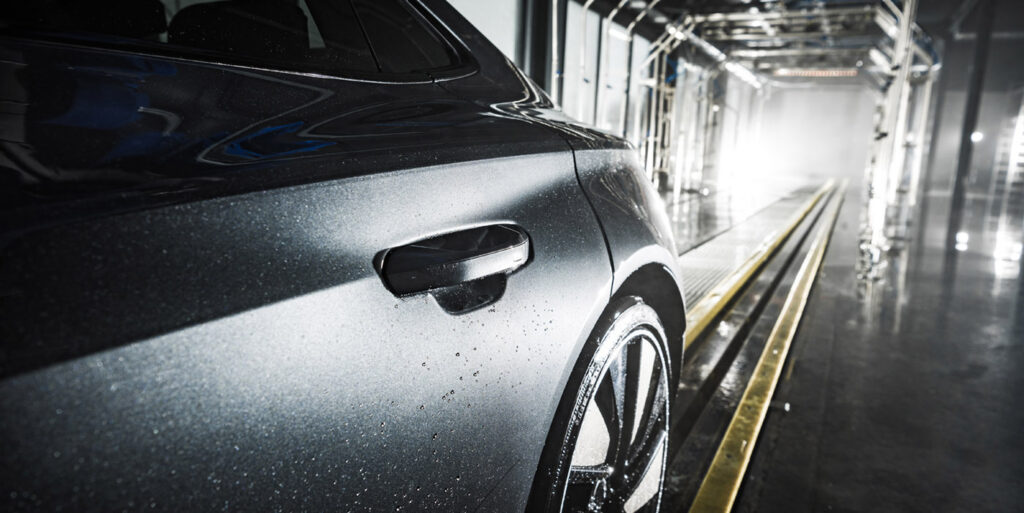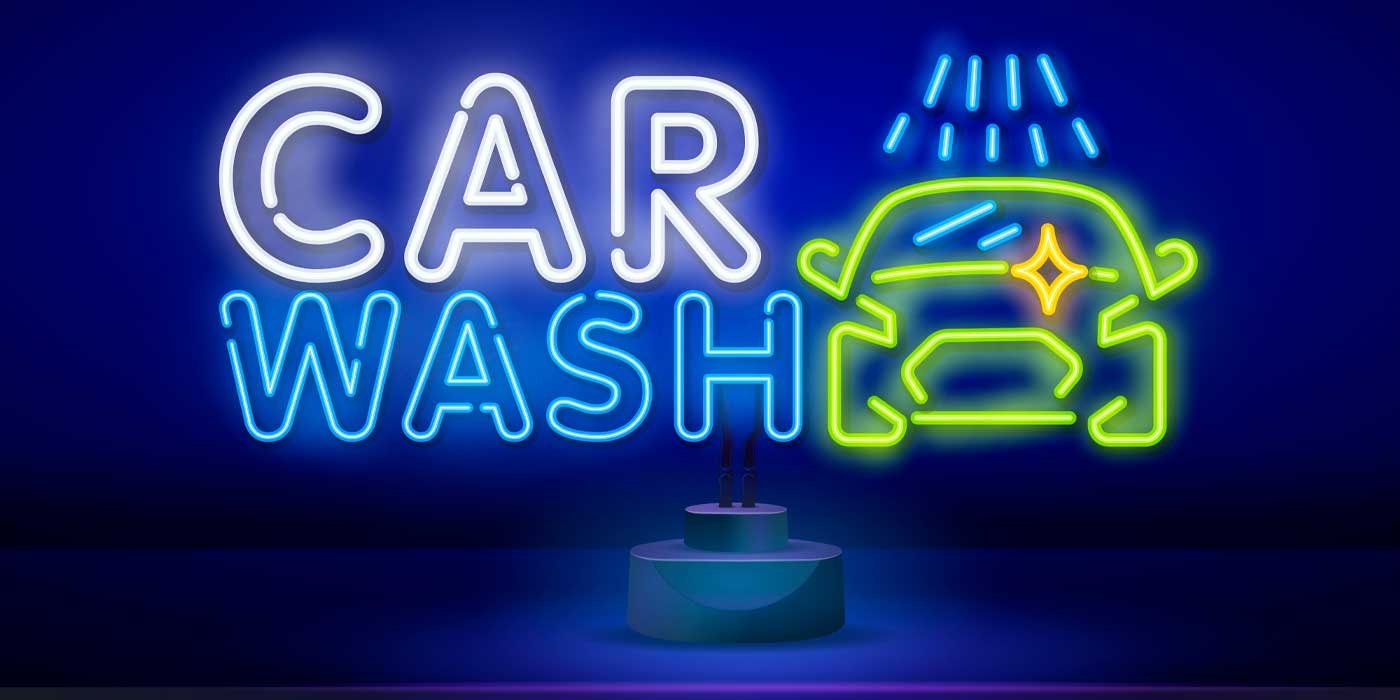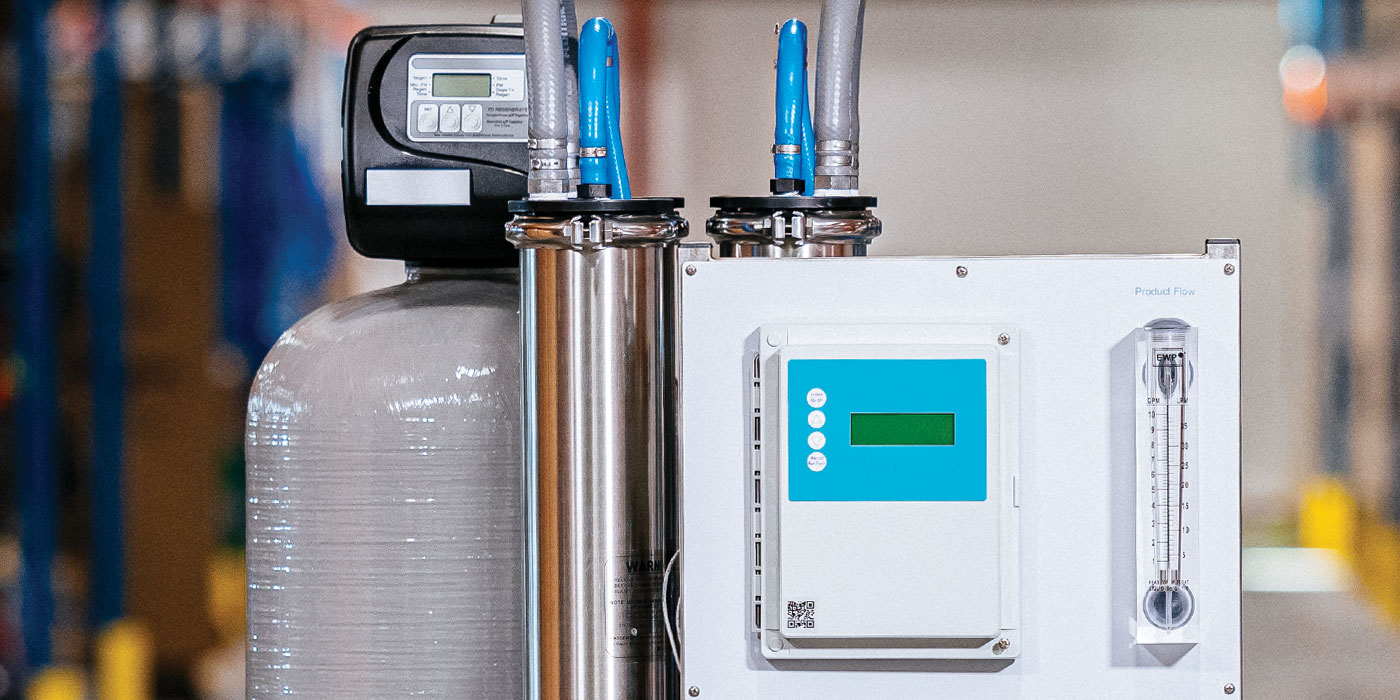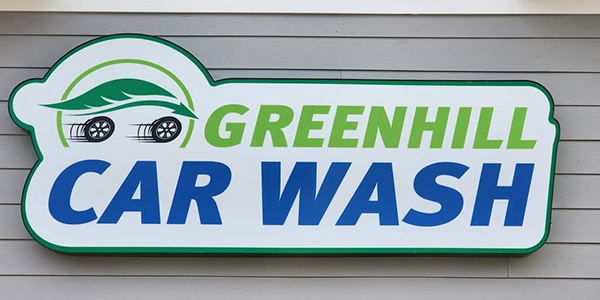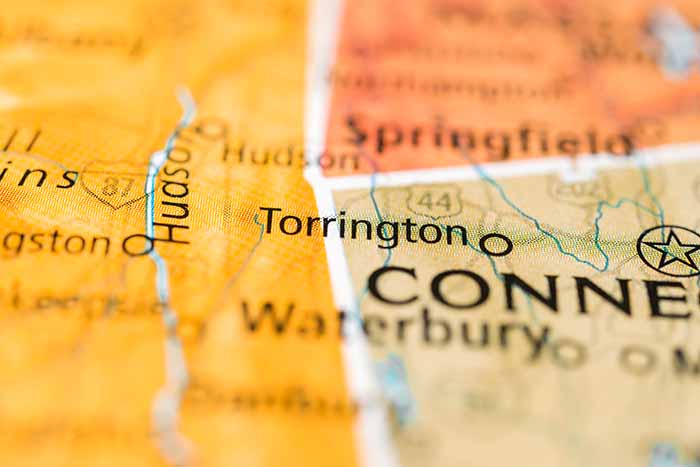As everyone now knows, financial success in the carwash industry has become synonymous with the number of unlimited wash club (UWC) subscriptions that each location is able to secure and maintain. Carwash locations have even been able to transcend mediocre operational performance by signing up large numbers of UWC members. The result of this evolution into a subscription business is that the definition of an overbuilt market has changed.
Also, given the huge growth in the number of new conveyor washes (reported to be at the rate of over 800 a year), understanding what elements now constitute a fully built-out market becomes even more important than it ever was.
Built-out market definition
The population numbers per market have come down over the years as the conveyor carwash business shifted from primarily full service to exterior express. It used to be that 50,000 people within a 3-mile radius of a proposed full-serve conveyor site was the ideal. That number has steadily gone down over the last 15 years. Today, an exterior express carwash is fine with a 20,000 population count within a 3-mile radius.
The other big change is that the number of households in a market is looked at more so than the population. The reason for this change is that the number of subscriptions per household can be projected and tracked more easily than by utilizing the population.
That 20,000 population changes to roughly, on average, 7,000 households. So, the idea is that 7,000 households per exterior express conveyor carwash constitute a fully built-out market and more conveyors over that means a market is overbuilt.
A factor that can also be considered is how many additional UWC plans per household can be added to the potential number of plans per household. For the few carwashes that market, or even offer, additional family plans, the range is mostly 10% to 20% additional plans per household, according to our company’s internal research.
Sub-markets
When analyzing markets, there are a couple of points that need to be mentioned.
First, analysis is most accurate when the entire metro market is subdivided into sub-markets. Although the entire market should be looked at, the fact is that deciding to buy a location needs to be looked at in the context of the 3-mile radius around that individual location. When you start looking at sub-markets instead of the entire market, it becomes a lot more precise in deciding whether it makes sense to put another location into the area.
Second, rural areas have a much wider radius to be looked at because consumers in those markets travel longer distances for everything. The radius can be as high as 10 miles or even farther around a location, depending upon the distance to the nearby communities.
Potential subscriptions per sub-market
When it comes to seeing what the potential is per market, let’s take a sub-market of 20,000 households. The highest percentage of households that have purchased at least one subscription that we have seen is 70% — an extremely high percentage (there are exceptions as high as 85%, but that is rare). So, 70% of 20,000 households leaves 14,000 households that are potential subscribers.
A typical market breakdown might be one wash at 6,000 subscriptions, two washes at 3,500 each and one at 1,000 for a total of 14,000. One wash is doing fantastic; two are very happy with their numbers; and one is seeing UWC sales making a small contribution to their revenue.
Related: How to get 10,000 members per site
How would you like to be the fifth conveyor to build in this market? Not really, you say … you got that right.
At 7,000 total households per conveyor, the chance exists to get to approximately 5,000 UWC members. That is the minimum number that should be looked at as a goal. Why? Because it has been proven that this number of 5,000 makes it very hard for competition to lower the volume of the existing wash at that number.
If too many competitors come into a market, they will most likely stop the carwash from growing its membership but will likely not take much membership away unless a newer wash is a far superior operation. This, so far, is a rare occurrence. The wash that is first in has the advantage in any market.
Negative factors impacting UWC sales
In addition to the raw number of households, there are several other factors that can make a difference in subscription sales. These factors include poor locations, a single location battling a chain dominant in a market and pricing significantly above the market.
More washes have been built in poor locations than I have ever seen in the past 30 years. The rush to add locations because sheer numbers have increased the business valuations is the cause. There appears, at the time of writing this article, that this practice is losing steam but there is still a large number being completed. One of the reasons that this has occurred is connected to the next factor already mentioned — how some chains have been successful with less than A-rated locations.
When a chain is dominant in a market in terms of the number of locations and brand strength, there are examples of sub-optimal locations that are very successful. These locations are usually near strong retail markets, usually lack visibility, but benefit from extensive marketing from the larger organization. A single location does not have this advantage and will usually suffer a lot from a poor location.
Finally, as in all businesses, unless a company has a demonstrably superior service or product, being significantly higher in price will usually reduce the volume of business.
Positive factors impacting UWC sales
In contrast to the last item mentioned, pricing below the market is a tremendous advantage, especially at the lower end. Some of the most successful chains in UWC sales have either had their everyday pricing lower than their competition or had a significant reduction in price for up to six months as part of an opening strategy. In the case of carwash subscription sales, this works well for several reasons.
First, obviously, the number of members builds a lot more quickly. Second, most competitors have a higher monthly starting subscription. Having a lower base wash subscription than the competition helps build the membership much faster.
In addition to a higher number of UWC members, delivering superior service at the location increases the membership as well. Keeping the conveyor tunnel clean, equipment running smoothly, processing customers quickly and smoothly, and having a clean-cut, smiling, and co-operative staff all make a difference in attracting customers.
Training makes a difference
One element that makes a difference both ways in an overbuilt market is whether or not the customer service attendants out at the pay stations are trained. If they are not trained, it is almost certain that membership will go down when the market is overbuilt. If the customer service attendants are well trained, it is likely that the growth is over, but membership can be maintained at the level it reached before excessive competition came in.
Well trained means there have been elements of classroom training, role-playing practice, modeling interactive behaviors, coaching until the skills are acquired and continual follow up to keep people on track. That is very different from “go watch Jamie do it for a while.”
Key conclusions
Here are some conclusions and advice when looking to compete in this evolving professional carwash market:
- Being one of the first two or three washes in a metro sub-market provides the opportunity to win. Being early on creates the most opportunity for high subscription sales, resulting in volume protection.
- Avoid secondary locations. Without market dominance, this can be disastrous.
- It is a safer strategy to build more locations in a market where dominance already exists with you, rather than entering a new market with strong competition.
- Always be price competitive in your market and, ideally, slightly below market.
- Continue to work on and improve your overall customer experience. Once the entire market is built out and serious price competition occurs for a period of time, the quality of the experience will determine who shows up in the winner’s circle.
It is still early on in this race to expand and consolidate the exterior express segment of the carwash industry. Be prepared for a built-out market by being better at providing a great customer experience and seriously considering the advice outlined in this article.
Steve Gaudreau is the president of Brink Results, LLC, and has provided consulting and training in the carwash industry for over 25 years. He can be reached at [email protected].

